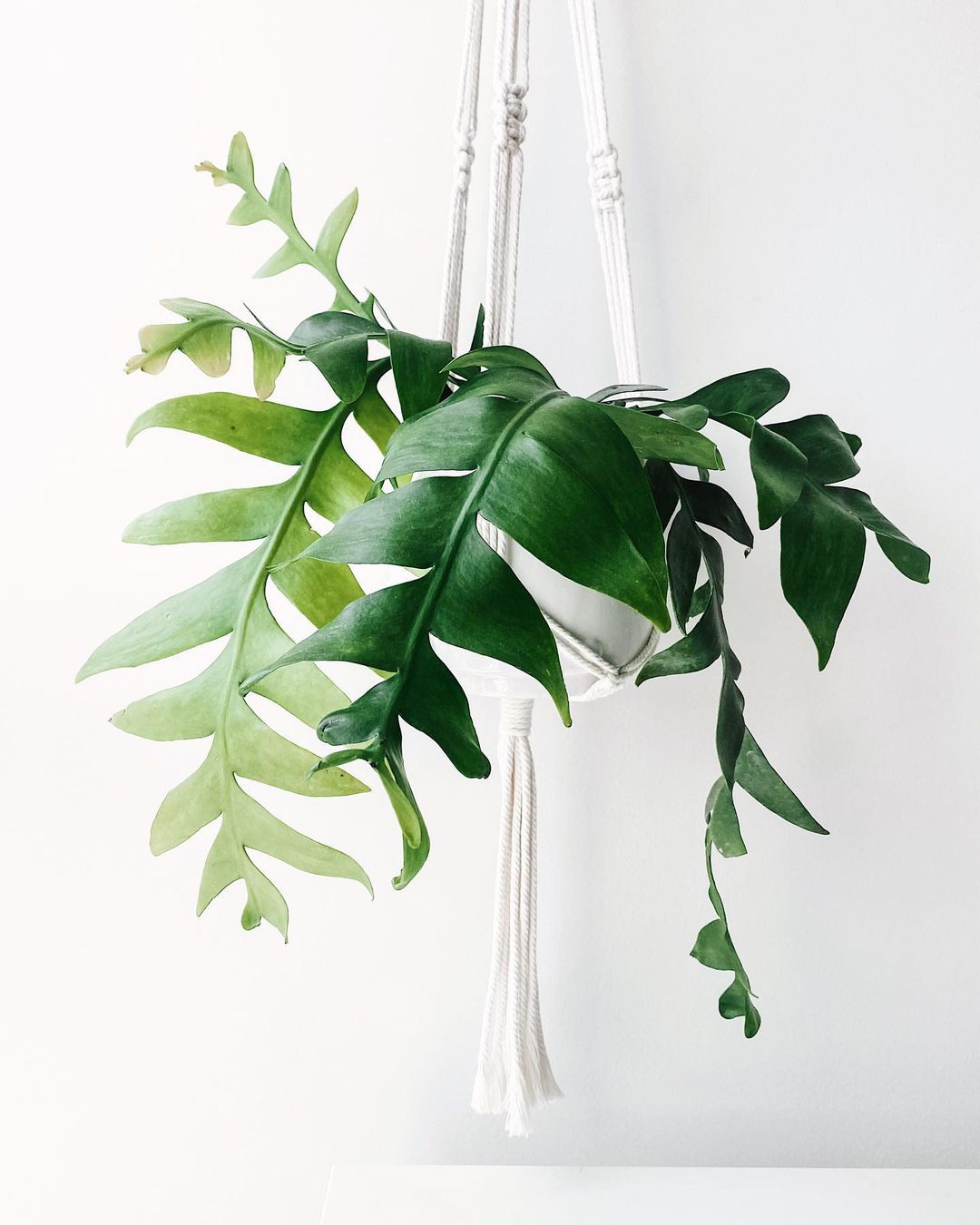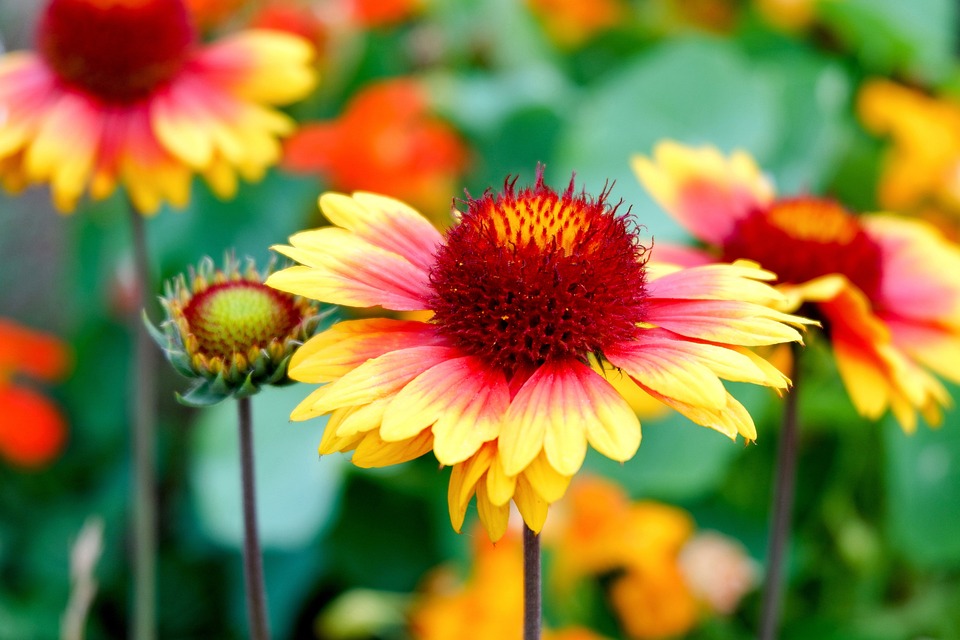Here is the list of Best Viola Companion Plants that offer mutual benefits and can elevate the beauty of your garden.
Companion planting is an excellent way to enhance the growth and health of your garden. When it comes to violas, certain plants make great companions, providing mutual benefits that can help both plants thrive. Here are some of the Best Viola Companion Plants to consider for your garden.
Common Name: Viola, pansy, Johny-jump-up, violet, sweet violet
Botanical Name: Viola spp.
USDA Zones: 3-8
Read: Best Companion Plants for Lavender
Viola Plants
The Viola genus comprises more than 500 species, encompassing annuals, perennials, and subshrubs. These species are collectively referred to as violas. However, they are typically identified by different names depending on their unique characteristics, such as pansies (Viola x wittrockiana), Johnny-jump-ups (Viola tricolor), or violets (Viola sorolia and others). The flowers of the viola group range from pure species types to numerous hybrids and cultivars that exhibit a diverse spectrum of colors.
When do Violas Bloom?

The flowering of violas during winter largely depends on the weather conditions. In case of a mild fall, these plants will start blooming, and their flowers may persist until the arrival of spring. As new flowers emerge and replace the old ones, the cycle continues.
Viola vs. Pansy: Are Pansy and Viola the Same

All Pansies are Violas but not all Violas are Pansies
Technically speaking, pansies were developed from violas, which means that all pansies can be classified as violas, but not all violas can be categorized as pansies. In terms of size, pansy blooms are larger than those of violas, but violas tend to produce more blooms per plant, resulting in a denser layer of coverage.
Best Viola Companion Plants
1. Chives (Allium schoenoprasum)
A striking combination in the garden is tall and vibrant green chives accompanied by small, bright purple viola flowers. These two plants are well-suited to each other, as they both thrive in full sun or partial shade and require moderate watering to maintain their growth and appearance.
2. Fairy Primroses (Primula malacoides)
This annual offers rose, white, pink, and lavender-colored blooms that have the same growing needs as the viola.
3. Ferns (Polypodiophyta)
If you are looking for the best viola companion plants, then include ferns, as they both prefer moist soil and partial shade.
4. Iceland Poppies (Papaver nudicaule)
Also known as the Arctic poppy, this perennial favors full to partial sun and rich, well-draining soil.
Note: For gardeners in Texas, planting Iceland poppies in the fall is the optimal time to ensure a stunning spring display. Co-planting with pansies and violas during this time period promotes a larger root system for the poppies, resulting in a more abundant show of blooms when the season changes.
5. Tulip (Tulipa)
Violas are the perfect companion to spring bulbs such as tulips. With a color palette that complements the bright yellows and purples of tulips, violas create a beautiful and cohesive display. Additionally, their low-growing profile makes them an ideal groundcover choice to plant around tulip beds in both garden beds and containers.
6. Fruit Trees
Violas are versatile plants that can be grown alongside various fruits and vegetables. With their vibrant flowers, they serve as a magnet for pollinators, which can boost pollination rates in your garden. To attract bees to crops, plant violas near strawberries, lemon, orange, and lime trees.
If you have a spare corner in your vegetable garden, consider adding a viola plant. It will not only add a pop of color but also attract beneficial insects to your yard.



